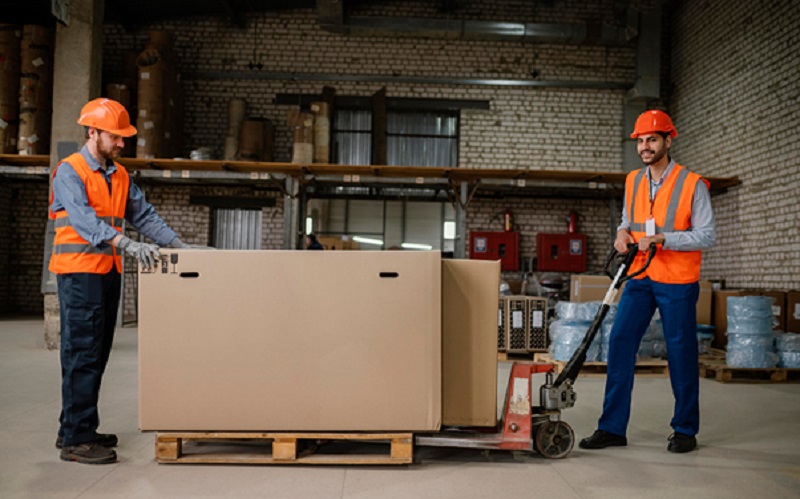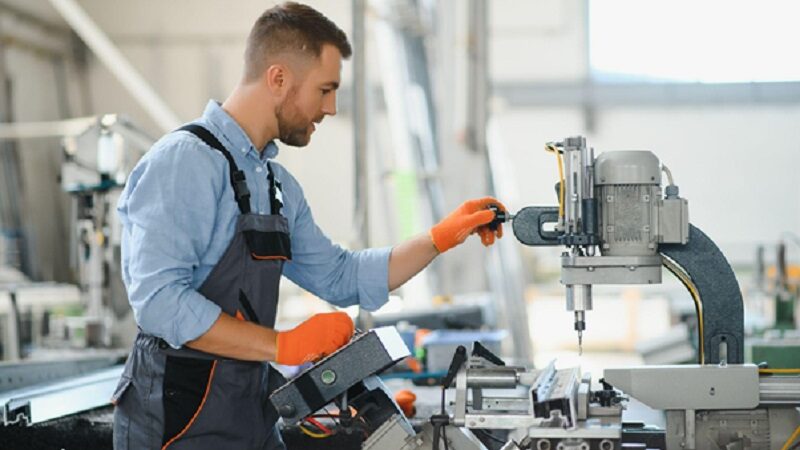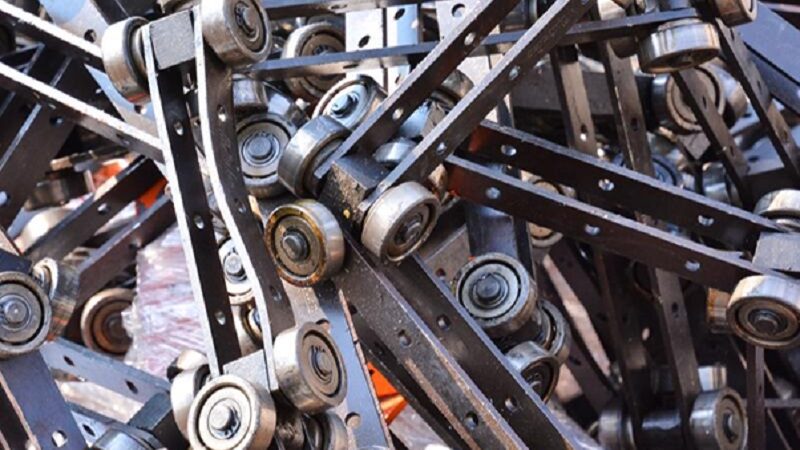Selecting the Right Material Handling Equipment for Heavy-Duty Applications

Material handling equipment plays a central role in moving, lifting, and storing heavy goods efficiently across industrial facilities. Selecting the right machinery directly influences operational performance, workplace safety, and overall productivity. Businesses relying on constant movement of materials, such as logistics hubs, manufacturing plants, and warehouses, benefit from using specialised tools designed to handle weight and volume effectively.
Industrial operations involve repetitive lifting and transporting of bulk materials, which can put significant strain on workers and equipment. Using inappropriate machines risks mechanical failure, downtime, or injury. Equipment such as forklifts, pallet trucks, and cranes remains a common choice, but understanding capacity, load type, and working environment before purchase prevents mismatched equipment selection. The process of identifying the right machinery involves assessing operational volume, load dimensions, and facility layout to ensure compatibility and efficiency.
Selecting equipment engineered for endurance supports a consistent workflow while reducing maintenance costs. As industrial processes evolve, adopting innovative tools such as telescopic forks helps maximise performance without compromising safety or precision.
Evaluating Load Capacity and Equipment Durability
Load capacity remains a defining factor when selecting material handling equipment for heavy-duty applications. Each operation demands machinery capable of lifting specific weights repeatedly without fatigue or failure. Overloading equipment can shorten its lifespan, increase energy consumption, and endanger operators. Therefore, companies must ensure the selected machinery handles maximum operational loads comfortably.
Durability depends on build quality, materials used, and design integrity. For instance, steel-framed structures with reinforced joints provide stability during prolonged use. Corrosion resistance also plays a vital role, especially in environments with high humidity or exposure to chemicals. Regular maintenance scheduling further extends equipment longevity, ensuring optimal performance across years of continuous operation.
Modern material handling solutions now integrate advanced engineering to enhance durability. Equipment using reinforced hydraulics, precision control systems, and solid tyres can withstand rugged conditions. Evaluating these factors during purchase ensures investments deliver consistent value. Prioritising equipment that meets or exceeds safety standards reduces risks associated with heavy lifting and provides operators with confidence in performance reliability.
The Role of Telescopic Forks in Heavy-Duty Applications
A telescopic fork offers advanced functionality for lifting operations involving variable load depths or stacked pallets. Unlike traditional forks, it extends and retracts smoothly, enabling operators to reach deeper shelves or transport double pallets in one motion. This design supports space optimisation in warehouses and distribution centres, especially in vertical storage systems.
Using telescopic forks enhances precision handling and improves load stability during transfer. Equipment fitted with this feature allows safer operation in tight or high-storage environments, minimising manoeuvring time and collision risks. Their construction involves robust materials that handle significant load pressures, ensuring dependability even under constant industrial use.
Adopting telescopic forks also improves workflow by reducing manual repositioning. Operators complete loading and unloading tasks faster, resulting in measurable time savings. In operations involving high throughput, efficiency gains translate directly into cost reduction. Integrating telescopic technology into forklifts or stackers strengthens performance, allowing facilities to adapt quickly to complex material movement requirements.
Safety and Efficiency Considerations
Safety remains integral in any heavy-duty environment using material handling equipment. Equipment selection should prioritise stability, operator comfort, and control precision. Machines featuring ergonomic control panels and visibility aids, such as sensors or cameras, reduce accident probability. Ensuring operators undergo regular training reinforces workplace safety while optimising the use of advanced features such as telescopic extensions.
Efficiency links closely with energy use and machine manoeuvrability. Selecting electric or hybrid options in enclosed facilities improves air quality while maintaining consistent power output. Compact designs with strong load-bearing capacity enable smooth movement through narrow aisles. Investing in preventive maintenance programmes also keeps machinery reliable and compliant with safety regulations.
Effective material handling systems balance strength and control. Each component—from hydraulic lift assemblies to telescopic forks—functions together to maintain operational consistency. A systematic approach to safety inspection, coupled with proper handling procedures, ensures continuous uptime and protection for assets and staff.
Conclusion
Selecting the right material handling equipment for heavy-duty applications requires careful evaluation of operational needs, safety requirements, and long-term durability. Choosing machines equipped with telescopic forks ensures versatility and productivity in dynamic warehouse or manufacturing environments. Each purchase decision should align with specific performance goals while maintaining compliance with safety standards.
Enhance your industrial operations by selecting reliable material handling equipment built for endurance and efficiency. Contact Sunstream Industries today for high-performance material handling equipment in Singapore tailored to your heavy-duty requirements.







